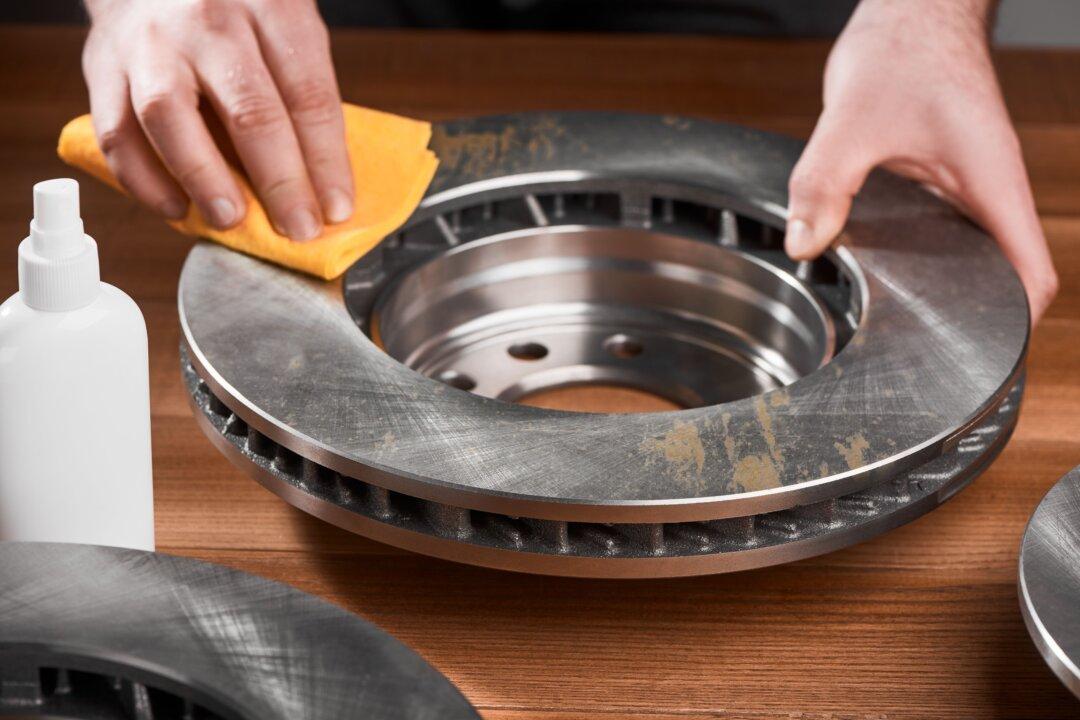Rust is like a cancer in that it keeps growing, looks unsightly, and eats away at its host—in this case, metal—weakening and destroying it. You need to stop it ASAP.
From outdoor furniture, mailboxes, and the tools you left out in the rain to jewelry, cast iron pots and pans, and parts of your car, rust occurs just about everywhere that metal containing iron (including many kinds of steel) comes into prolonged contact with water and oxygen. This combination results in oxidation, better known as rust.





